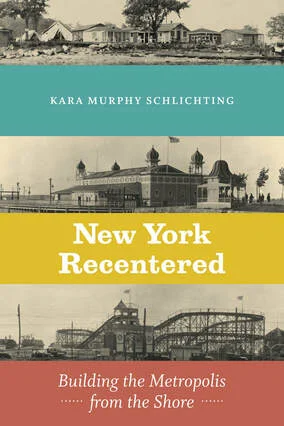How The Volstead Act Ruined New York’s French Pleasure Palaces
By Alice Sparberg Alexiou
At the beginning of the twentieth century, when New York was rolling in dough but had a dearth of rarified places in which to spend it, enterprising immigrants who knew how to run restaurants began coming to New York. They knew because they’d grown up in France or Switzerland, in bistro-owning families. In New York, after working their asses off at one of the few already-existing luxury restaurants--Delmonico’s was the most famous—the newcomers then combined what they’d just learned about how to run a New York restaurant with their Gallic sensibilities around food, ambiance, and, most of all, drink—what French chef, after all, creates cuisine without the addition of alcohol, be it wine or brandy, and enlarged them to fit New York’s eye-popping scale. They opened big restaurants, then the trend in New York—“lobster palaces.” But these were different, because they were French, where New Yorkers were introduced to the joys of pate de foie gras and frogs legs, were taught them what wines to drink with these exotic dishes. And so was created a unique and scintillating French dining scene in New York , a product of a specific time in New York history, that is now largely forgotten.
Read More









